April in Greater Kruger: the magic of Nature
Year: April 2022
Countries: South Africa
Km: 2626
Vehicle: Toyota Rav Adventure Awd
Camera: Sony A7
Directing: GPS with Garmin Explore
Planning & arranging: Self
Driving: Self-drive
in bold location to stay
GREATER KRUGER APRIL '22 stages:
- Hoedspruit Wildlife Estate
- Orpen - Satara
- Phalaborwa
- Phalaborwa - Letaba - Olifants
- Sabi Sand GR
- Crocodile river
- Crocodile brige - Lower Sabie - Asfaal
- Hoedspruit Wildlife Estate
- Tshokwane - Satara - Orpen
In our trips to South Africa, we have spent several days into Kruger National Park and some few days in Sabi Sand Game Reserve (see dedicated section). Mostly we toured in detail the area comprised within the upper-line Phalaborwa - Letaba and the lower line Malelane - Crocodile Bridge, hence from central-north Kruger to south Kruger and back, wandering all around the park, including major spot sites like the amazing riverside roads along Letaba, Olifants, Sabie, Sand, Crocodile, Sweni, N'wanetsi, Timbavati, N'waswitsontso, Biyamiti, Mlambane, Timfeneni, Bume, Mnondozi, Nhlanguleni or like Satara grasslands and into the savannah heading the Lebombo Mountains, or Masorini hills.
This is the area with most abundant wildlife, mostly in the central and south section. Despite the most visited by tourists, this section of the park is full of chances to plan trips over gravel roads which will lead you into remote areas with great wilderness feeling, rewarding you with wildlife encounters which results more significant as experimented into the wild and in complete loneliness.
Kruger NP is not only wildlife encounters, but it’s an entire environment made of wonderful landscapes crowded of wild animals grazing into a magic land.
In our coming-backs to Kruger NP, we found out that Hoedspruit Wildlife Estate is a great spot to use as one of main bases to visit the park; despite 50 minutes drive away from Orpen gate, it gives you chance to have self & safe bush-walk into the savannah together with wildlife (e.g. giraffes, impalas, waterbuck, zebras, …) and have charming retreat lodging for your stay. This will allow you to plan many trips into the Kruger NP for several days, without being overwhelmed by the 100% of your time spent on your 4x4 seats. If you are like us a dynamic person who loves outdoor activity, you will appreciate the chance to walk for few hours into the bush prior or after spent the rest of the day into the car on safari. First time at Kruger NP this could be chellanging, but this become a fantastic approach once you start to be familiar with good spots sights, as you can organize effectively your day tour plan and enjoy the place where you are staying overnight.
Kruger National Park is a place that hits your soul and your heart, it's a place where you’d like to be back into every single day.
No word can describe the emotions of this land, like the memory of wilddogs giving you the farewall at the sunset while you drive in the middle of the savannah towards the outline of the Blyde River Canyon mountains under a orange-purple sky. Just let's go and feel it.
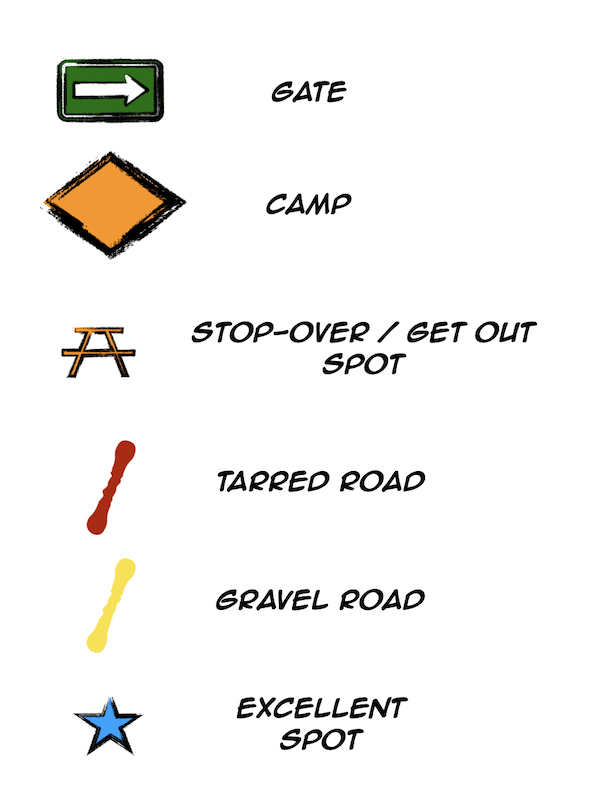 The maps below are based on trails we have actually driven into the Kruger NP; gravel roads (yellow lines) which have more fascination as you can be alone into the bush with wildlife, but don't understimate the excellent chance of wildlife sights you have on tarred roads (red lines).
The maps below are based on trails we have actually driven into the Kruger NP; gravel roads (yellow lines) which have more fascination as you can be alone into the bush with wildlife, but don't understimate the excellent chance of wildlife sights you have on tarred roads (red lines).
If you are a rookie of safari or just newby at Kruger NP, having other vehicles on the same trail could help you be alerted when there is a good sight of wildlife.
To be back into the Kruger NP has been our first wish after Covid-19 restrictions.
When we decided to plan our tour exclusively dedicated to Kruger NP in April we were a bit unsure about what kind of sights chance we may have, as deep winter months like July, Agust and September are well known to be the best for wildlife sights due to dry season.
During this April tour we find some days of rain, but actually Kruger NP resulted to be best place even in rainy days. We mean, we love sunny days, as everywhere in the World rain is most of times limiting outdoors activities and wilderness trails due to road conditions and first of all reducing chance of good photos.
In April, during rainy days Kruger NP gifted us some of the most beautiful memories in whole life, with amazing opportunities for memorable photo enanched by shoting under rain.
Generally the landscape in April resulted to be more attractive than in later months, as thanks to good rainfalls the bush was lush. Wildlife was so abundant that despite the thick bush and large availability of water for animal, the chance of sights have been more than excellent.
We strongly suggest you to buy a map Kruger NP to enjoy your tour. At camps you will find one for sale with book layout, which is extremely well done and including additional informations and also animals' pictures to help your knowledge.
In Kruger NP we had memorable sights of rhinos, but we don't mention in detail and we don't mark on the maps the rhinos we spotted, in order to protect them from the high risk of poaching. Please do the same, we must protect them from poaching!
Remember that everytime you jump off your car inside the park, it is at your own risk and it must be done only where clearly allowed.
Don't feed or get too close to the animals. Respect the animals and the environment. You are only a visitor in the park.
The map below shows you some ideas of day trails you can enjoy in the section Phalaborwa - Letaba - Olifants.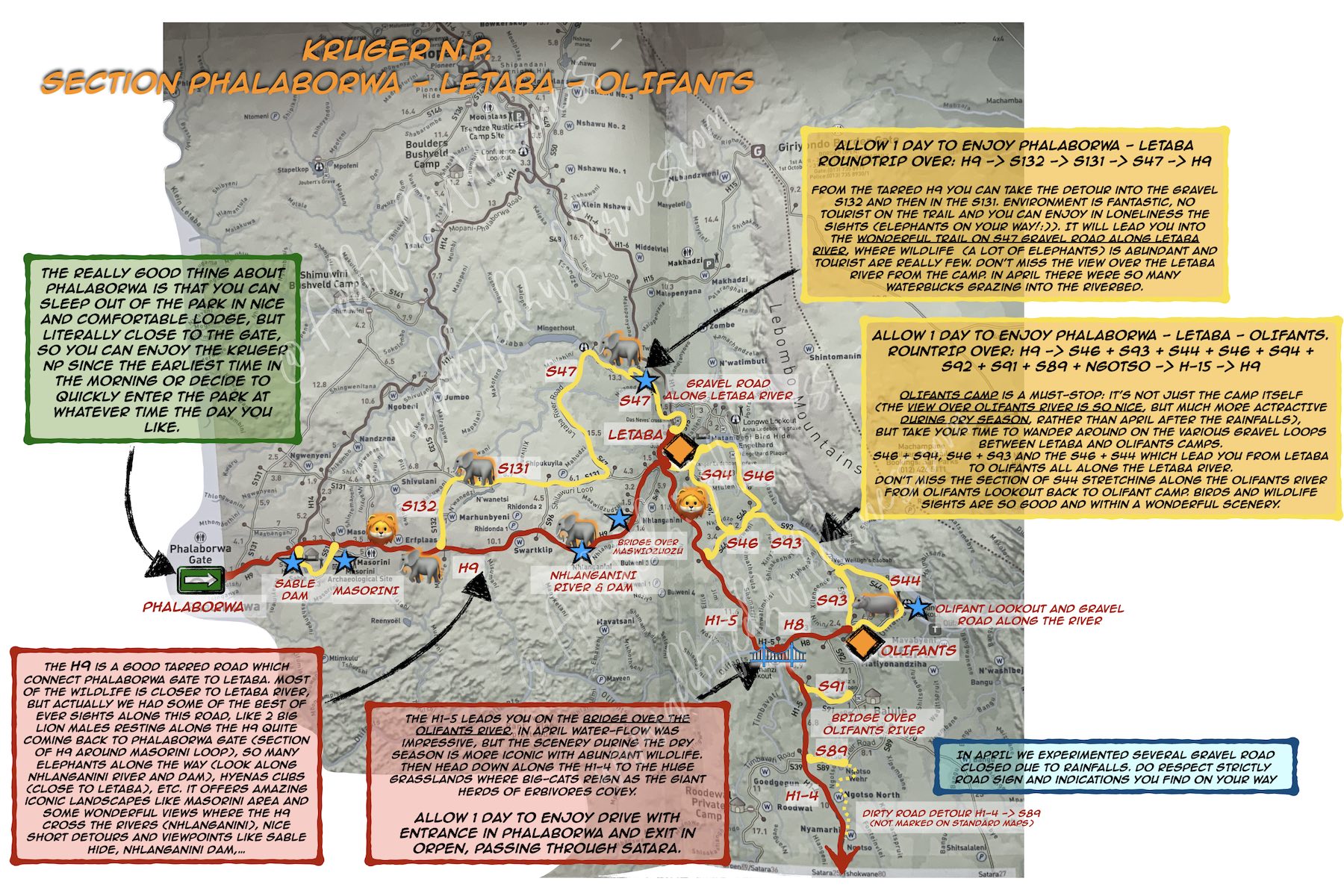
In Phalaborwa you can enjoy good lodging solution very close to the gate (less than 1 minute drive); this will allow you to plan your day trip into the Kruger NP as you prefer. You can start very early in the morning and have the very best chance for wildlife sights, especially in case of predators, but also just jump into the park in the afternoon to enjoy the sunset. Masorini area and Sable dam are very close to Phalaborwa and very nice spots. We have shot the photo of lion below driving back to Phalaborwa on the tarred road H9, approx at Masorini. We came across 2 big male lions resting just out of the road. What a memory. The greatest thing about Phalaborwa is that is much less crowded that souther section of the Kruger NP therefore you can enjoy wildlife sights almost alone, even the greatest like big cats and even the easier like on the tarred road!
Great option is to exploit Phalaborwa to drive one day on the loop north to Letaba and another day south to Letaba, around Olifants.
Don't miss the rountrip which brings you along the Letaba river, passing through the detour on the S131 and S47, as well the loops between Letaba and Olifants.
A stop over in Olifants camp is absolutely whorty, as well as on the bridge over the Olifant rivers. Both the spots are amazing viewpoints, but offer much better scenario during dry season. In April the Olifants river was absolutely full of water and not offering the iconing picture of savannah river you can imagine.
One of the two big male lions resting along the H9 close to Masorini (Phalaborwa)
Nice memory of impalas slowly moving along the Sable dam road with us.
Close meeting with buffalo along the H9 Phalaborwa - Letaba.
View of landscape of Masorini area from H9.
Memorable meeting while driving in complete loneliness on the S131 gravel road. Proud elephant sharing the trail with us, but coming in the opposite direction.
nice view from H9 driving towards Letaba
Lookout on the Letaba river, from Letaba camp. Waterbucks grazing along the shore.
Last sight before exit at Phalaborwa gate at sunset. Lion male resting along the H9 approx at Masorini.
Baobab tree towering into the bush in Letaba area
Meeting with a little kudu approaching Satara on H7. Rainy days can be so charming in Kruger.
The H7 is a tarred road which link Orpen to Satara. Within this section there are so many chance of wildlife sights. Since the very beginning. In April in Orpen just out off the ticket office (*) we spent so long time at the car park admiring elephants grazing under the rain. They were literally four steps from us. To be able to stand on your feet outdoor along with such wonderful giants have been an incredible experience. (*we have the Wild Card, but please remember you must fill the entrance form and register yourselves and you vehicle even if you have the Wild Card). Our last day, coming back to Orpen not far from the camp, we have been given the farewell by a pride of wild-dogs hunting at the sunset, creating an amazing excitement with elephants, hyenas and so many herbivores grazing just off the road.
The H7 runs along the Timbavati for a while and the encounters with elephants, giraffes, but also amazing birds like giant owls, is quite easy and frequent. Please remember elephants have priority on the road over yourselves. As well as please remember to give a look in the trees, birds and leopards may be there waiting to be photographed.
H7 passes through grasslands, bush, open hilly savannah and then again a bush mixed with grassland, when you approach Satara. The area all around Satara, up to Timbavati, down to Sweni and wide to N'wanetsi, is the home of big cats. Don't miss to spend some days touring here around.
You can enjoy so many amazing detours from the tarred road, offering you loop trails on wild gravel road giving you chance of wildlife sights within such a beautiful scenario. The lengedary S100 to N'wanetsi, the S126 Sweni road, the Timbavati road (later in August here we spent almost a day with a big lion pride).
Nsemani dam is one those things you cannot miss. You pass along the water basin of Nsemani while driving on H7 to Satara. We have met lions around there almost every time we we passed there, it's amazing, but the most beautiful thing about Nsemani is that it is a micro-world where all animals gather at least once per day; so you can enjoy so many birds, hyppos, elephants, zebras, kudus, impalas, lions, huge crocodiles and many many others. In April the water basin was full, as well as later still quite full in August, so chance of watching scenes of wildlife actions have been a bit limited compared to August 2019, when we assisted to a face to face clash between elephants herd and big lions pride. Sights of wildlife here will never disappoint you.
If you have the plan to visit the southern part of the Kruger NP, or if you are in south and wish to visit this area, don't ever think to drive down along the national roads outside the park. Such roads are high speed roads, quite dangerous as you have traffic with cars and trucks running fast in the opposite direction of you.
Let's stay into the park and take one of the many drive options which Kruger NP offers.
In April we took the detour from Tshokwane (this is a good spot to take a quick rest) on S37 which lead you toward east against the Mozambico's border. You drive with Lebombo mountains in front of you within a terrific iconic scenario of pure wild savannah.
We do suggest as a top class experience the gravel S36 on off-beaten track. We have driven twice this gravel road not in April, but later in August. It leads you into a wild and lonely section of the park with amazing chance of wildlife sights (even ground hornbills!) while you are completely alone (no other tourist). We passed accross a big elephants herd which inclosed us completely for almost half hour, while we were wading a small semi-dry creek. What a memory!
If you drive on S36, don't miss the Jones Se dam, which offer nice scenario with many waterbucks grazing in tranquillity.
Elephants welcome us at Orpen gate in a rainy day while we were walking back to our car
Kudu bull under late afternoon sunny light. Satara area.
Coming across buffalos' herd along the Sweni road S126.
Memorable giraffes' picture taken on H7, approx half way between Satara and Orpen.
Elephant grazing along the H7. Satara area.
Zebras are always such an iconic subject. Picture taken along the Sweni road.
S100 N'wanetsi road is one of the top spot for lions' sights.
Amazing self hike into the bush at Hoedspruit Wildlife Estate
If you like an easy win, this is the place you must go. Wildlife is so abundant that you won't be never alone in your tour. It is much busier of tourists than northern areas, but entering in Crocodile Bridge won't be as much busy as entering in Skukuza. The Crocodile Bridge gate and camp area remains within a range of wild stage environment, more like an outpost into the wildside and not giving a touristic feeling at all. Crossing the Crocodile river to enter the park it is already a good memory since the beginning; hippos and birds can be seen well when passing over the bridge, but don't be inattentive while driving as bridge is narrow.
The area around the camp and gate is mainly grassland where gnus, zebras, impalas can be seen in massive figures and this makes this place a good spot for predators sights, like lions. We have fantastic memories of dawn and sunset, where the sunlight creates iconic images of the savannah, like shades and silhouettes of giraffes and birds on trees!
An area you must visit are all the southern gravel roads included between the H4-2 and H3. Take one full day for this. These gravel roads are often off-beaten of tourists, but plenty of animals. Crocodile road (S25) is a must, the best is at sunset coming back towards the Crocodile Bridge gate. Waterbucks, zebras, impalas, wildebeests, giraffes, elephants and many other animals head down to the river, offering memorable scenario. The intersection of S108, S26 (Bume road) and S25 (Crocodile road) is a stunning spot, where we had unforgettable sights all around, like leopards, hyenas, giraffes. During our visit in April we had to manage the wade of Bume riverbed passing through an herd of elephants holding their right on the narrow passage.
Mlabane loop, S118 and S119, is something not to miss as well. Here we have been rewarded with wildogs, giraffes, large groups of elephants and many others top sights during all our visits to Kruger NP.
The environment in this section of the park is very beautiful and create a wild atmosphere as the frequently up and down on riverbeds, the elbows of riverbeds and consequently of the gravel roads, the narrow passages of the trails within thick big trees vegetation, bring you very compressed with the abundant wildlife, so meeting the animals can be sudden and very close.
Another top spot is the H4-2 and H4-1 just before and just after Lower Sabie. Despite a tarred road which can be quite busy of vehicles sometimes, this track offer you chance of outstanding scenery, with stunning view over the Sabie river where crowds of wildlife convene. Herds of elephants, giraffes, lions, hippos, waterbucks, birds and many others create a stage which runs far over your imagination. Leopards are frequent visitors of this road. We met them various time, including one roaming on the road and another one was a big proud male bringing with him a catched impala. You will take one full day to drive Crocodile Bridge to Lower Sabie on H4-2 or on S28, then to Skukuza on H4-1 and back to Crocodile Brige, passing over the H3 (stop-over in Afsaal if you need) and closing the loop via S25 (Crocodile river road).
H4-1 and H-2 near around Skukuza are good if you have to travel towards northern gates (or in opposite direction), so you can exploit Skukuza as get-out spot, in case you planned to enjoy the fantastic drive on the gravel and wild off-beaten S34. Don't miss Jones Se Dam in this case. If you plan to enter in Crocodile Bridge and exit in Orpen, please allow 1 full day from earliest morning to late afternoon. (whatever are the roads you decide to drive on).
Along these roads elephants are very frequent and it's very easy to be frequently stopped by them standing on the road.
Skukuza camp and the tarred road connecting to it are usually quite busy of tourists.
To head to the north (or opposite) you can take the tarred H10 toTshokwane, which we never found to be busy of tourist, but at the same offers you excellent scenario, with hills over an iconic savannah. Knumbe view site is a good viewpoint where you can get-out from the car and enjoy the panorama of the savannah from height. Herds of wildebeests and zebras down in the savannah grasslands are very iconic. Pay attention when you jump off the car as it is at your own risk!
The H3, can be driven from Skukuza. It's even better to be driven to close the loop in case you had one full day tour from Crocodile Bridge over Bume road, Byiamiti loop, passing from Afsaal and then back to Crocodile gate via the Crocodile river road (S25).
Afsaal is good get-out spot for a rest and quick lunch. In April we came accross a yound hyena begging around our car. If you meet one, enjoy but please don't feed them and pay attention they are wild animals!
Wildebeests (gnus) are a classic memory you will bring back from the savannah. Grasslands and bushes around Crocodile Bridge are plenty of them.
African Fish Eagle is such an iconic main character of rivers and waterholes. Here above a wonderful one towering over the Sabie river along the road to Lower Sabie.
Vervet Monkeys are always amazing. They will capture your attention for long time. Above some nice and catty monkeys we met between Crocodile and Bume.
Mlabane loop is a must. Above an elephants family we stop along the way to admire for long time. What a perfect peaceful feeling they give you.
Impalas grazing along the Crocodile river road at sunset time
Early morning meeting on the H4-2. Burchell's Coucal along our way to Lower Sabie.
Sabi Sand is part of the original core of wildlife reserves, which later had the Kruger National Park as a pillar of the natural environment conservancy policy. This private game reserve shares a non-fenced boundary of approx 50 km with the Kruger National Park to its east and, thanks to this, wildlife can roam freely into the immense land of Greater Kruger (Kruger National Park plus all the private game reserves which share unfenced edges with the national park).
Sabi Sand is a preserved wonderful piece of Africa, it's much over the dream of every nature and wildlife lover. It's like taking the immense natural heritage of Kruger and condense it into a small gem, where every event happens and every life flows according to the rules and fate of nature. Don't ever think this a safari park like you can imagine before have you been into a true African national park. Like into the Kruger NP, there is no human intervention on nature. Despite small (compared to endless Kruger NP) the big fives find home here, but not only them: cheetas, wild-dogs and other 200 indigenous species of animals and more that 300 species of birds live in this pristine environment. Every life of whatever animal follows only the rules of nature.
Sabi Sand is a pearl you will put into your memory as a milestone, it's what can be classed the experience to do at least once in life, but actually is a place you'd love to come back at least once per year or more.
Into the Sabi Sand GR you cannot have self-drive safari with your own 4x4, but don't worry guides and trackers will bring you into game drives without compromise. It's an ultimate safari experience, with trackers and guides able to find out wildlife and real nature scenes which you have never seen even in the best documentaries, with the plus you are actually living them. Believe or not, this place is more than magic and the chance to take the one photo of your life is something you find out to be possible every single minute spent on the game drive into the Sabi Sand Game Reserve.
Pictures below have been all taken by us in our last visit to Sabi Sand Game Reserve in April 2022. Once again, as previous visit in 2019, leopards are the main character.
The leopards cub are one topic of Laura's photo collection! As in 2019 she has grabbed from the trees a memorable image.
This is the mom, roaming into the bush looking for her cub.
Leopard scanning the savannah at sunset. Sabi Sand Game Reserve offers a dehor for a perfect sundowner :)
In the early morning game drive we spent memorable time with wild-dogs in hunting mode. We had chance to follow them all along their hunting trip.
They targeted an impala. Wild-dogs are the most successful predator with a rate up to 70% of success. They are threatened with extinction by the destruction of their environment by humans.
The impala has been able to escape into a small lake. The refuge wasn't really a welcome place, as huge hippo tried to kill him as soon as he went too close. Luckily for him there was a small island was in the middle of the lake!
We followed the wild-dogs for long time into the bush and we assisted to their lunch with another ill-fated impala. What a dramatic scene. Nature can be tough but plenty of life enven in death.
Beautiful nyala bull looking at us while we were wading a river bed. The sunlights in the morning were perfect to enanche his beauty.


 Amazing and powerful spirit
Amazing and powerful spirit 


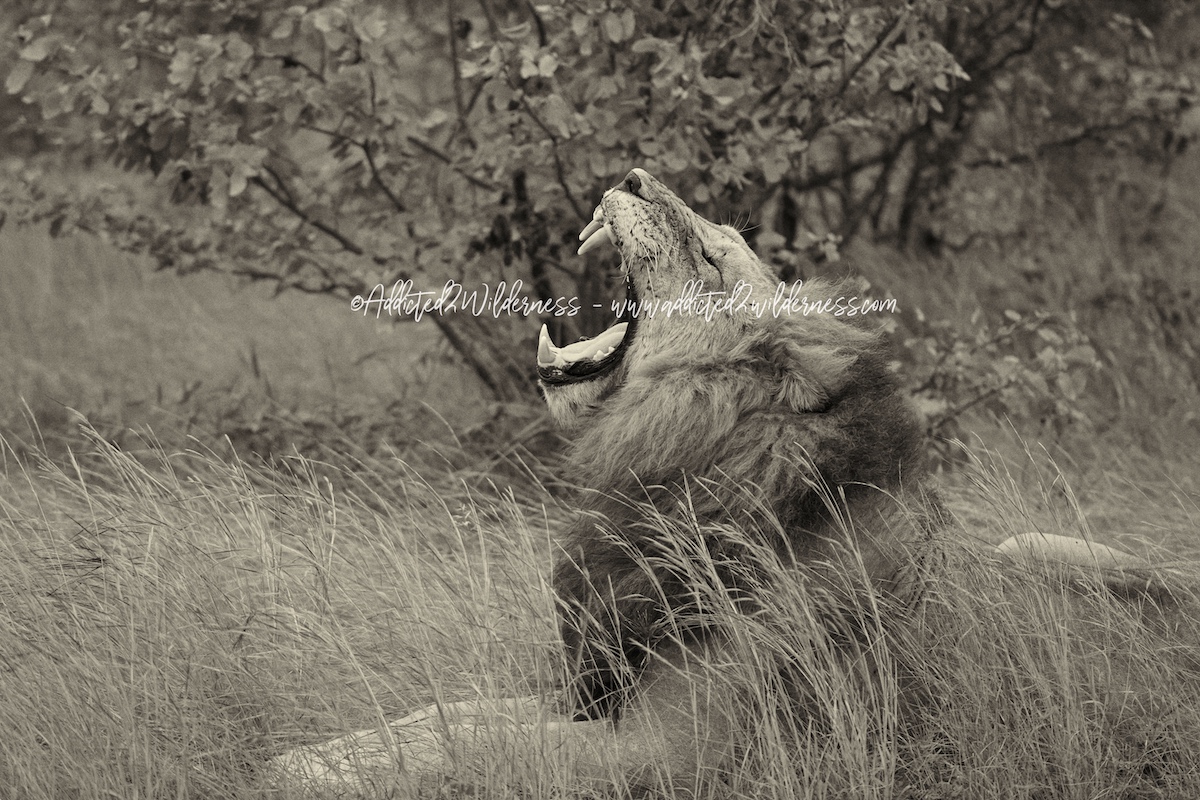

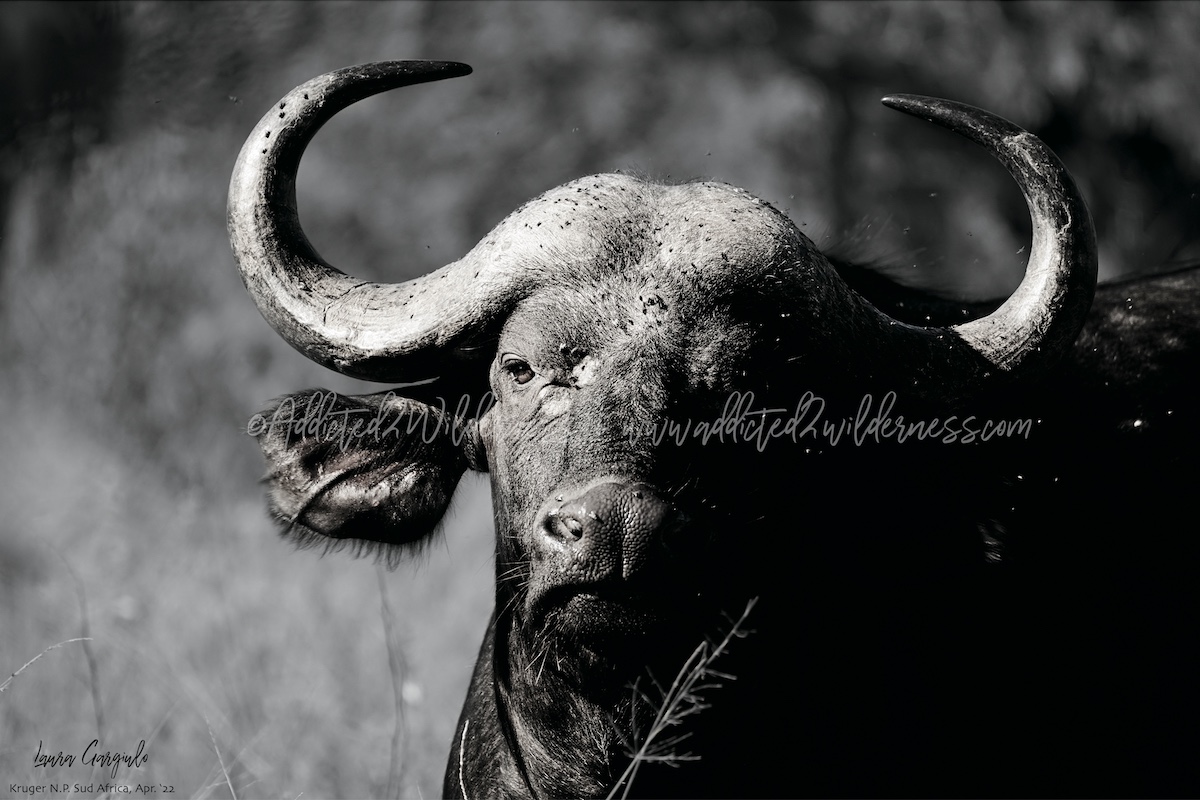

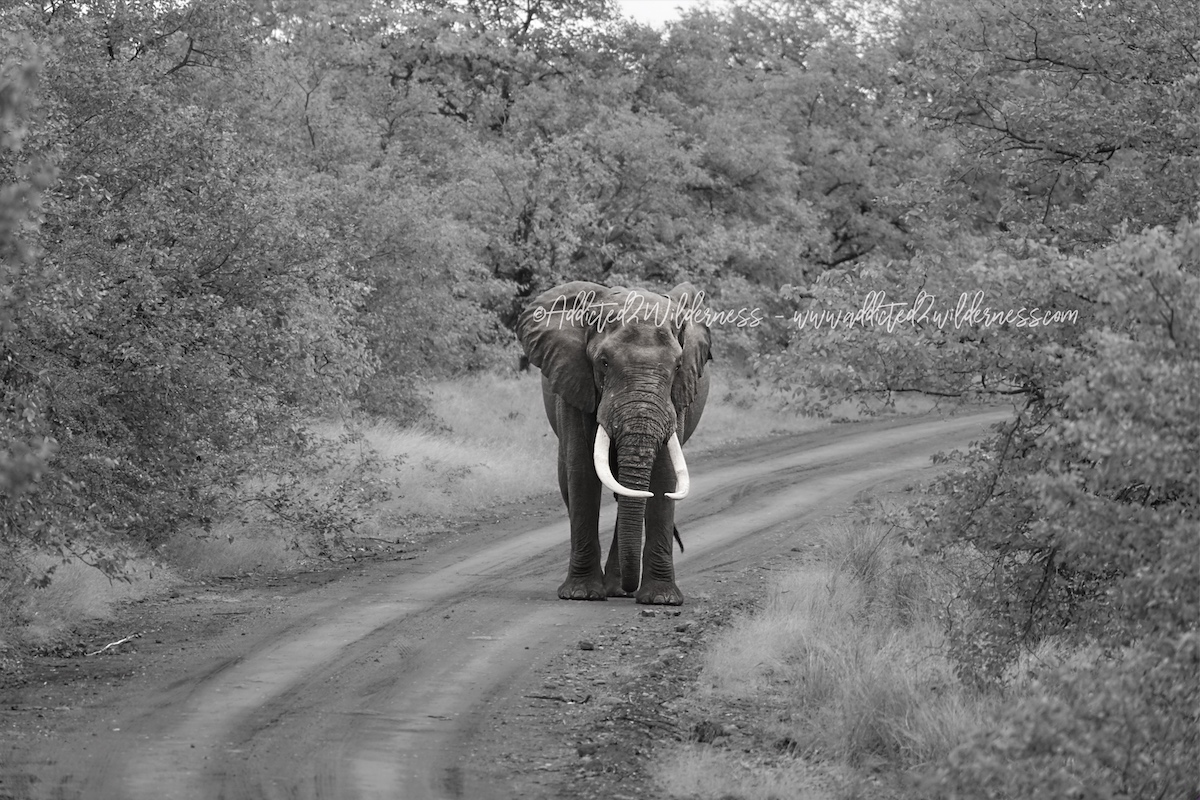
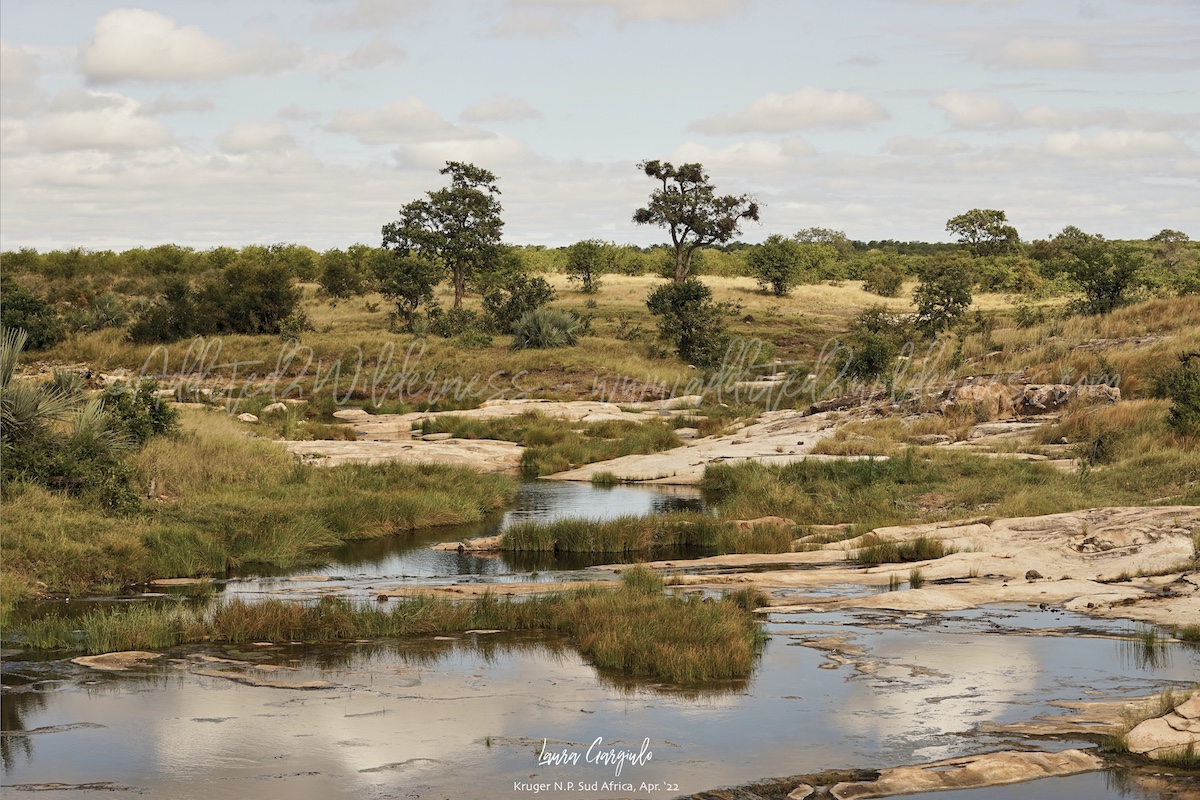
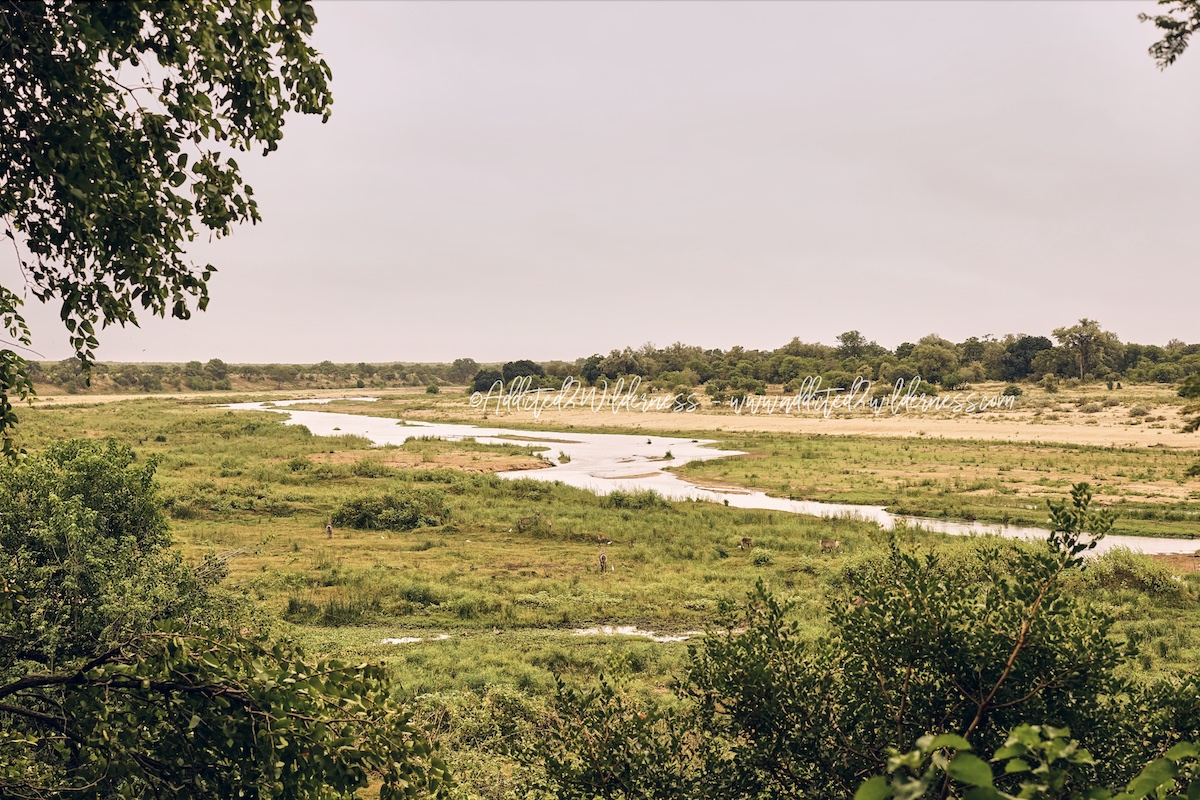
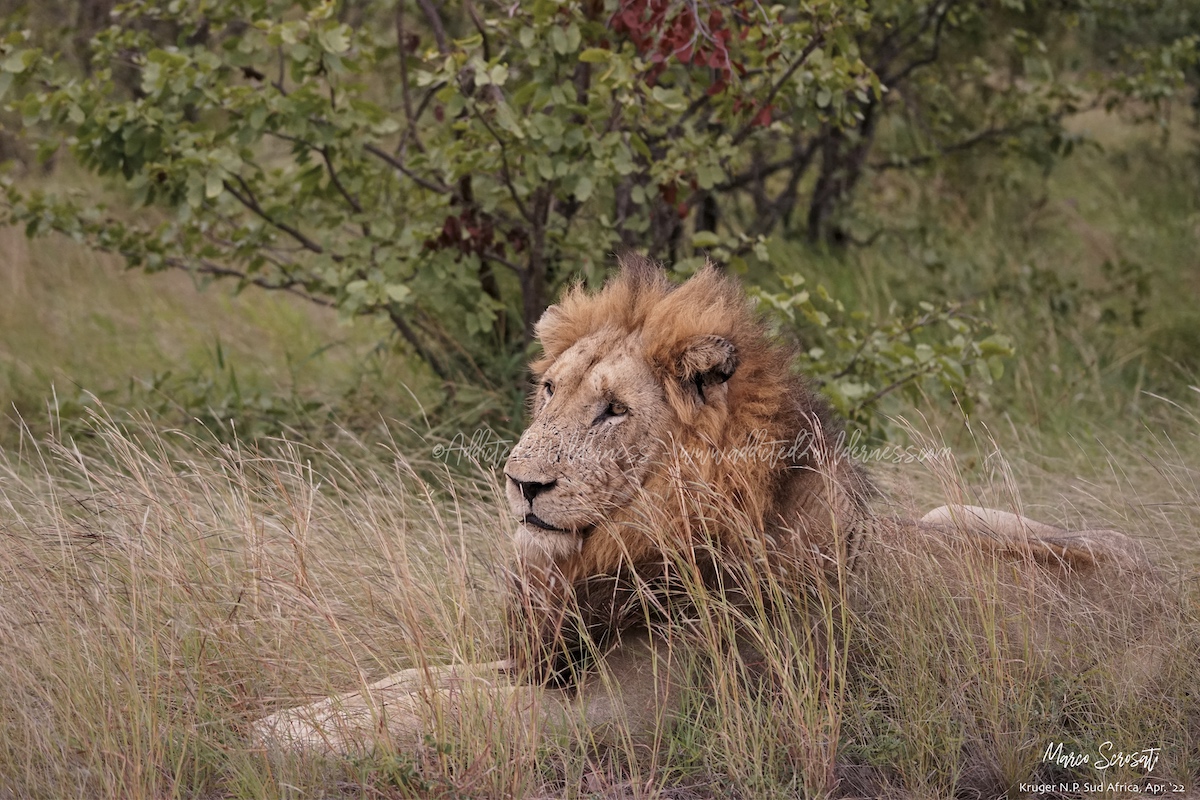
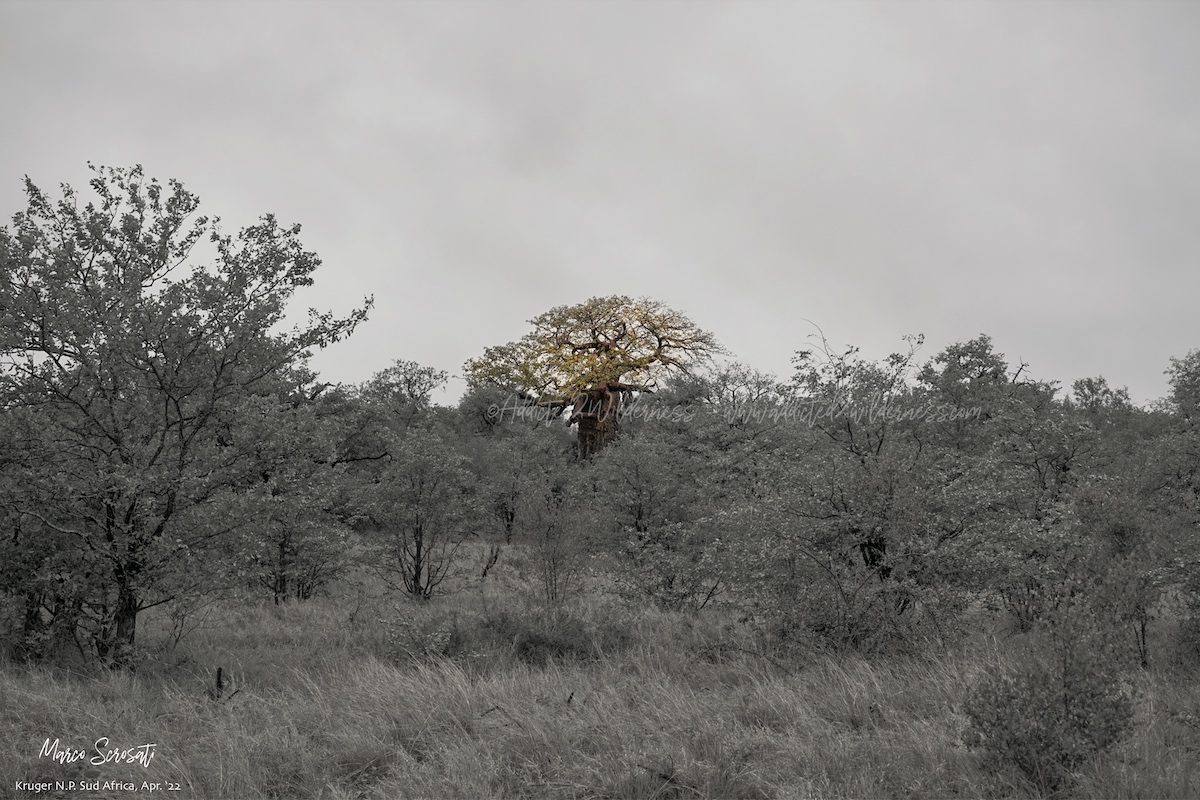
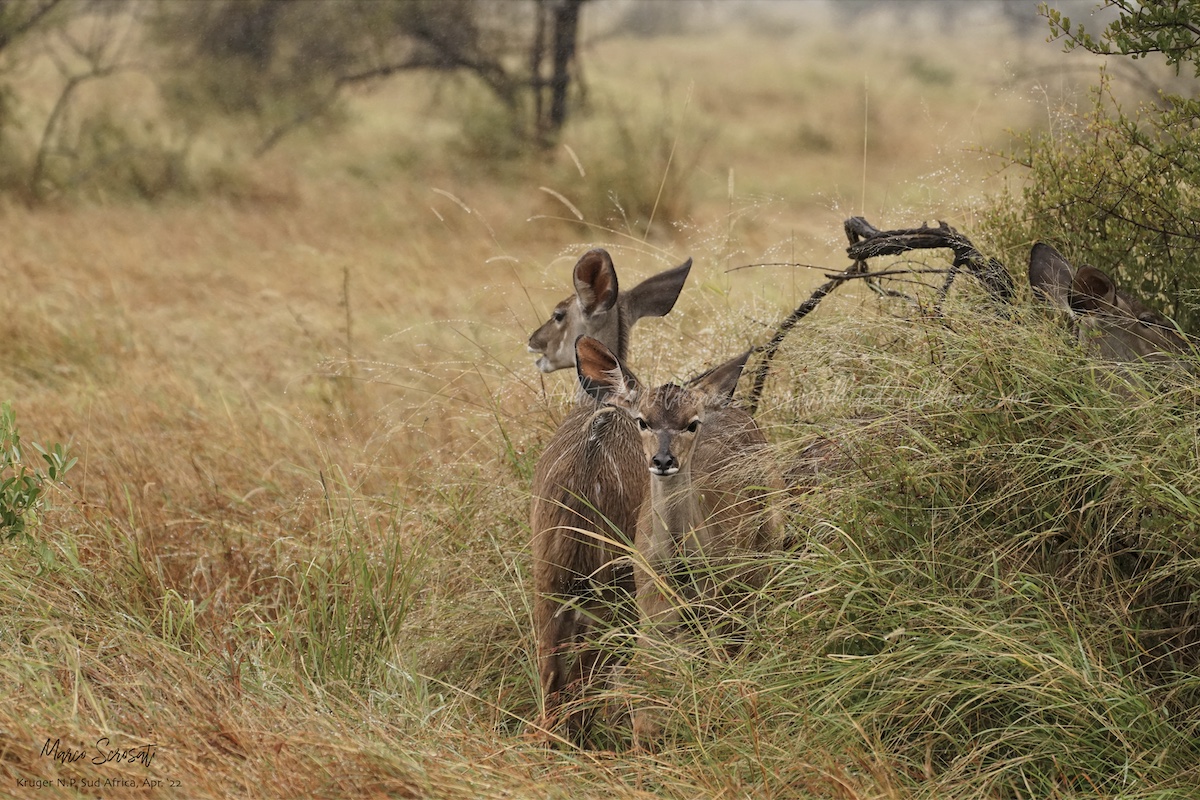
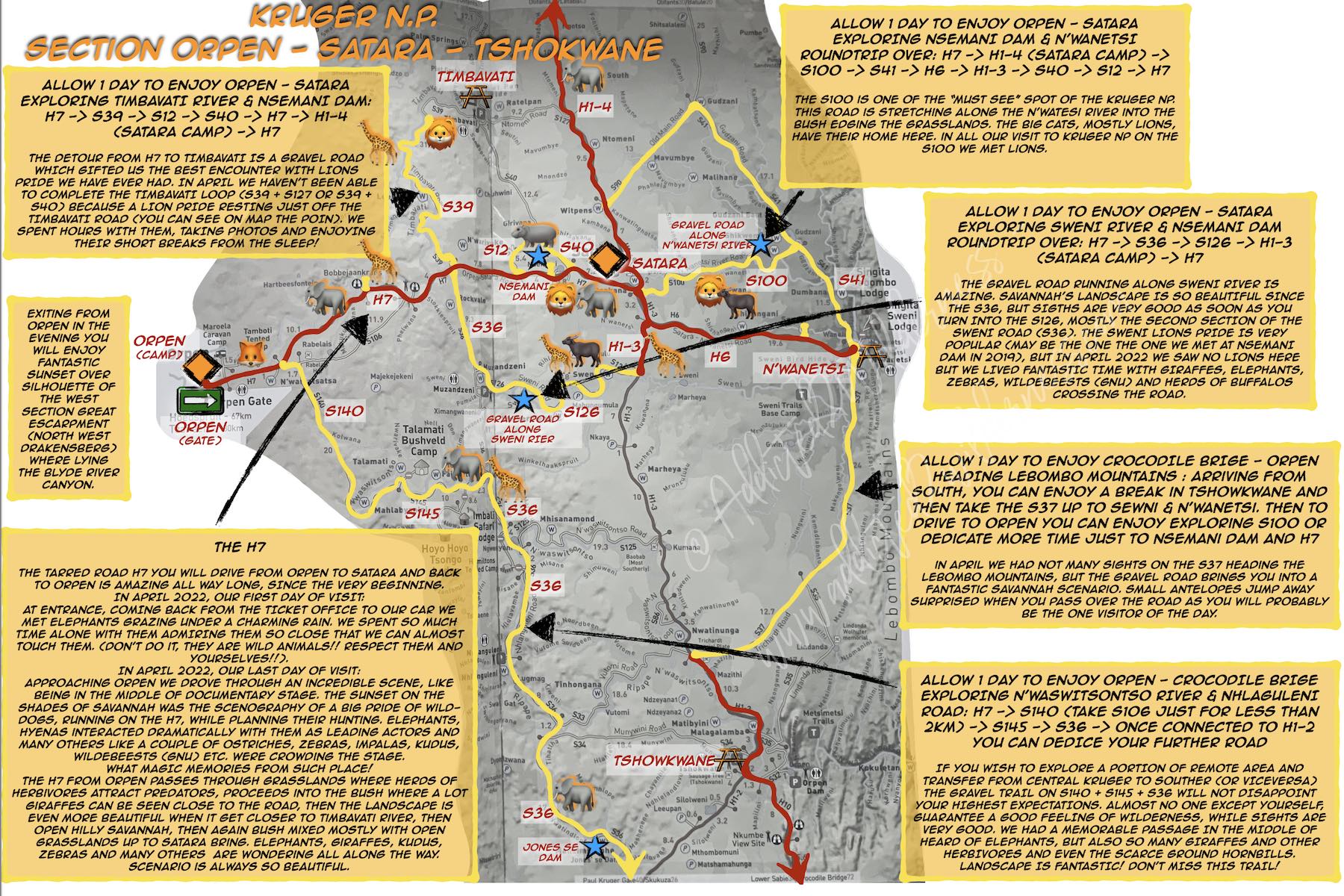
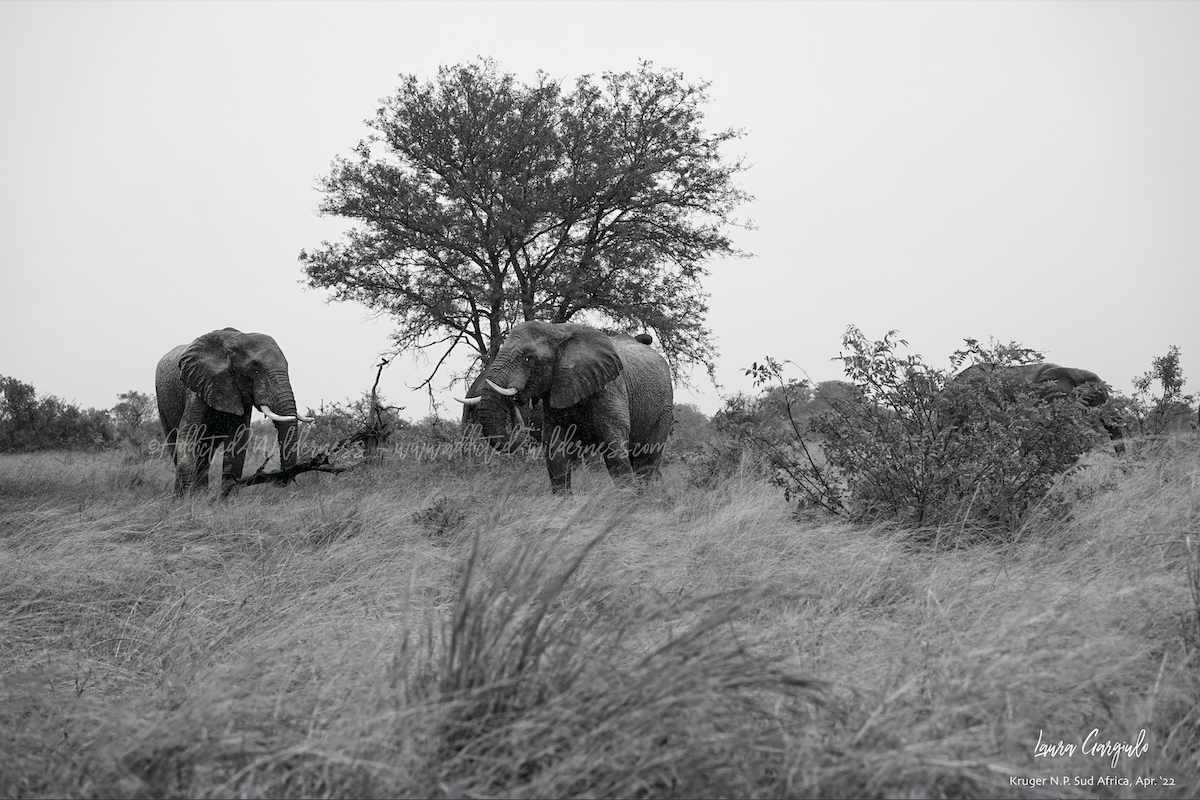
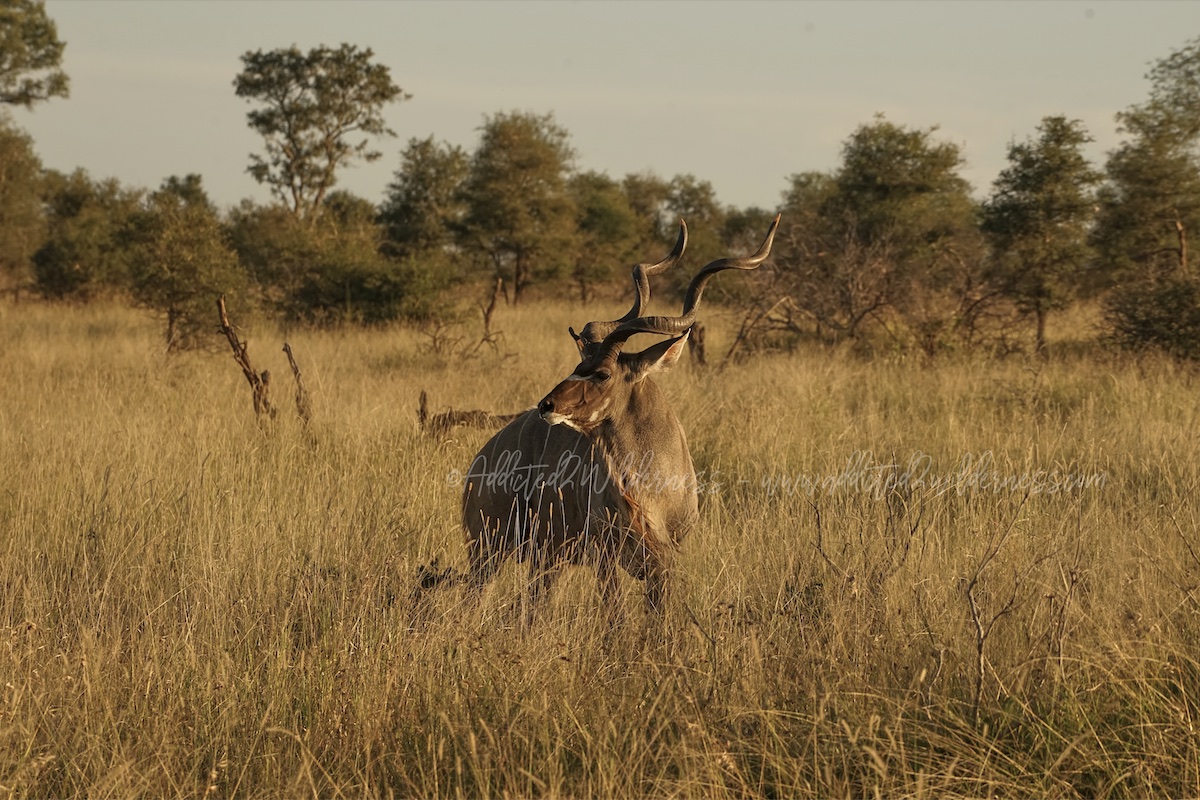
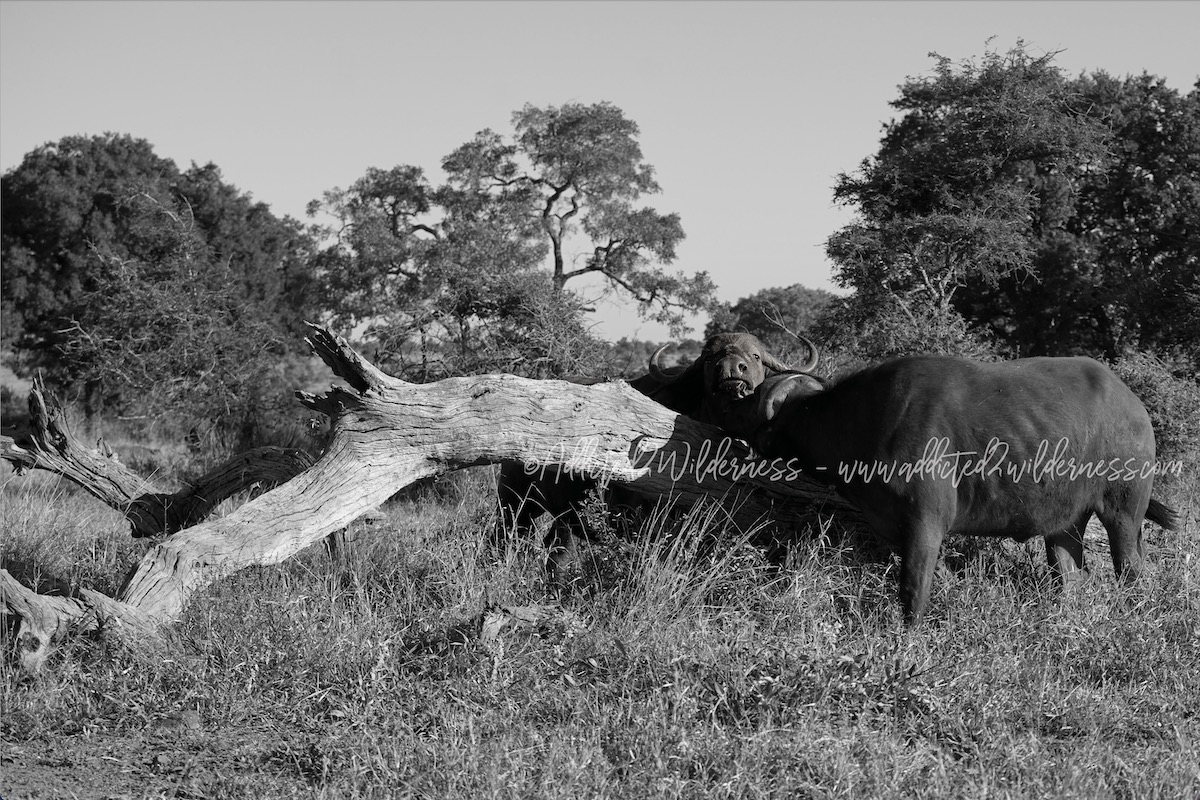
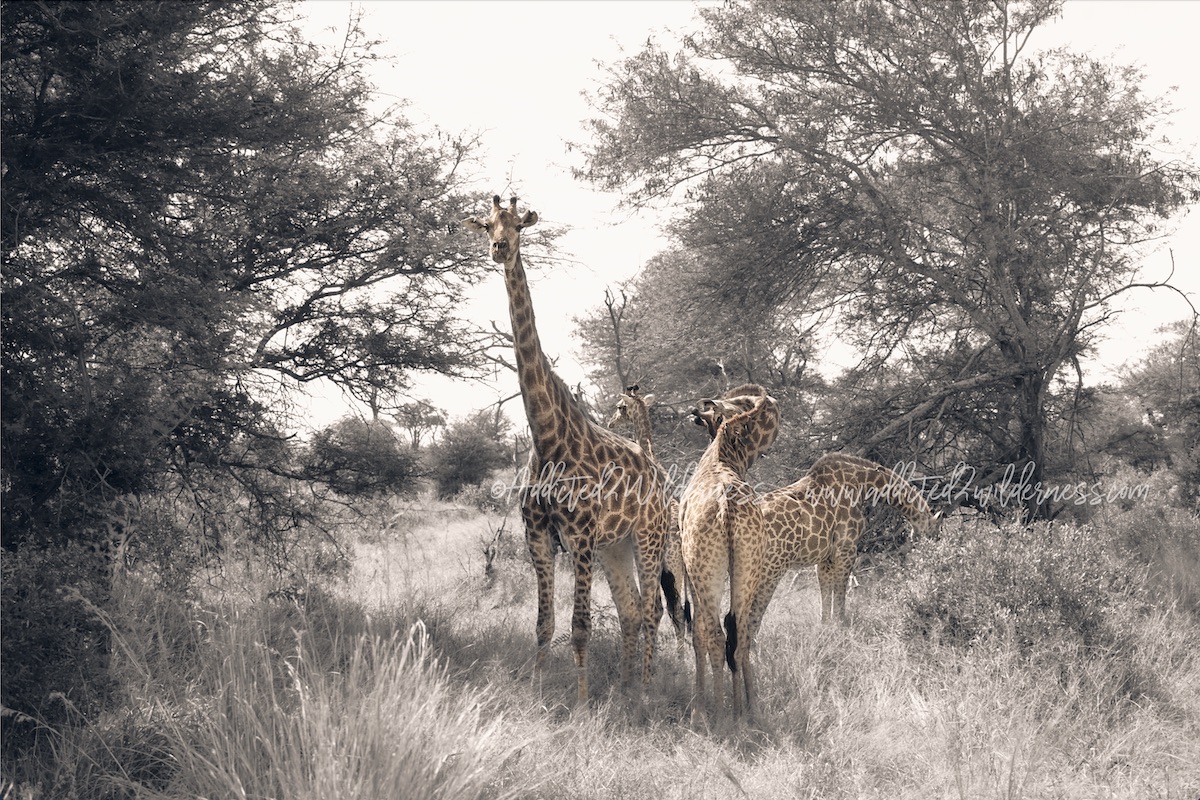


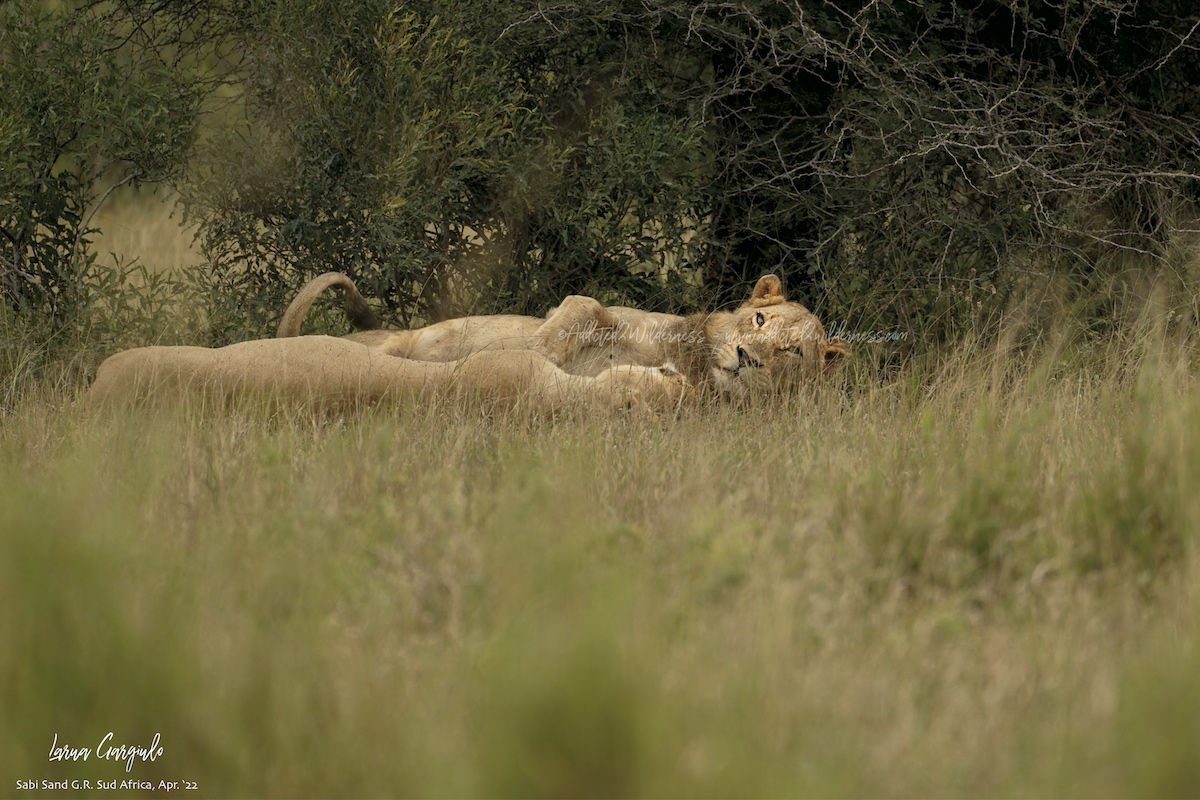
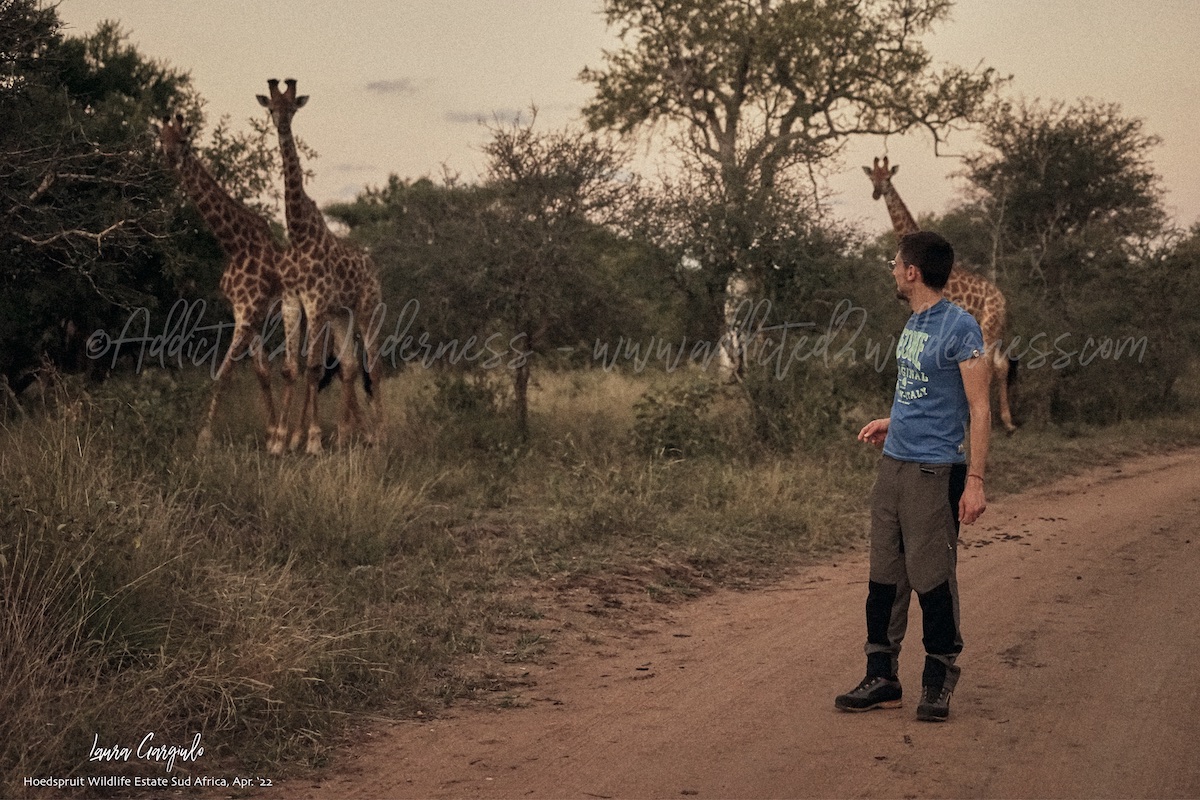

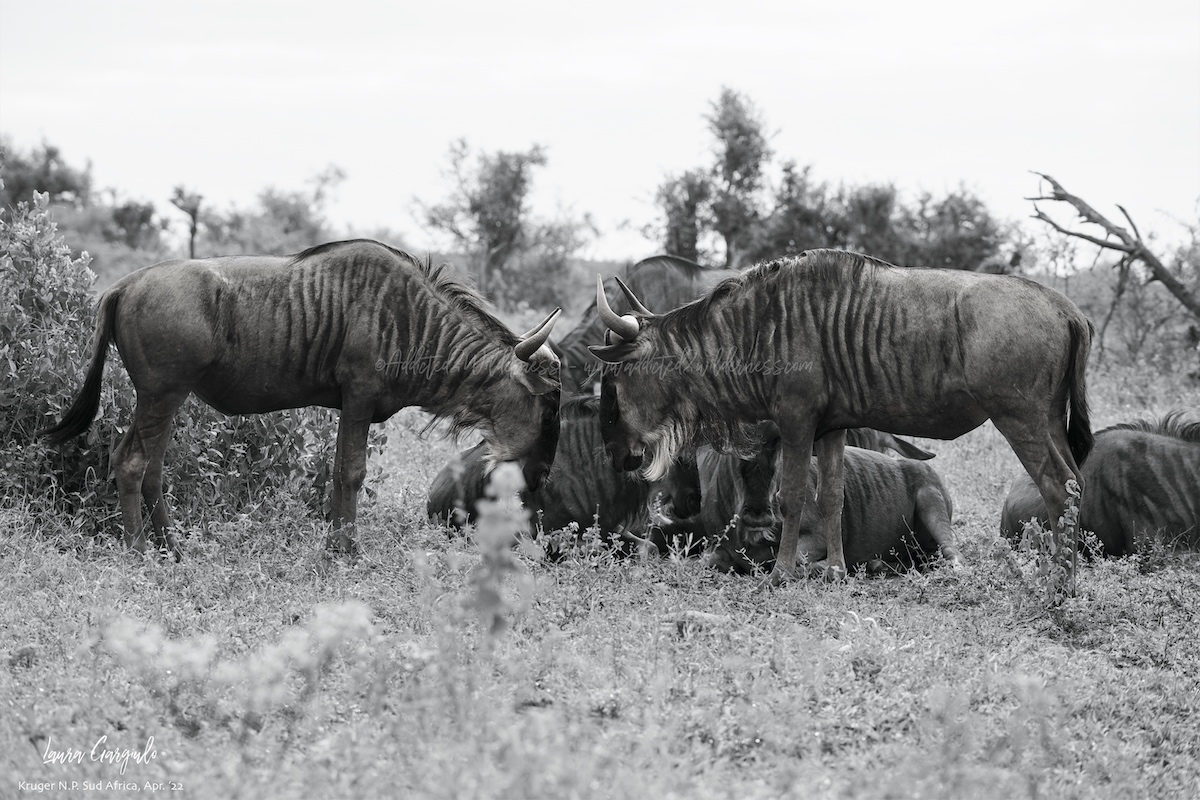
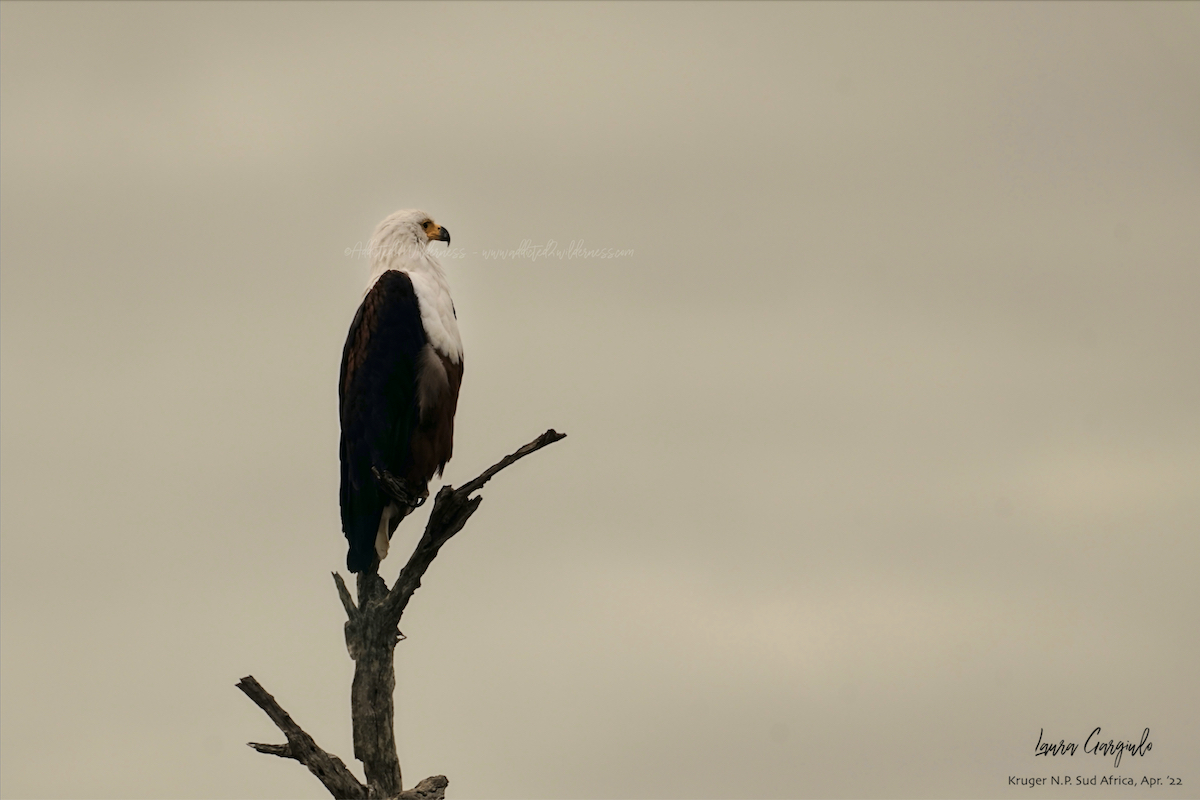
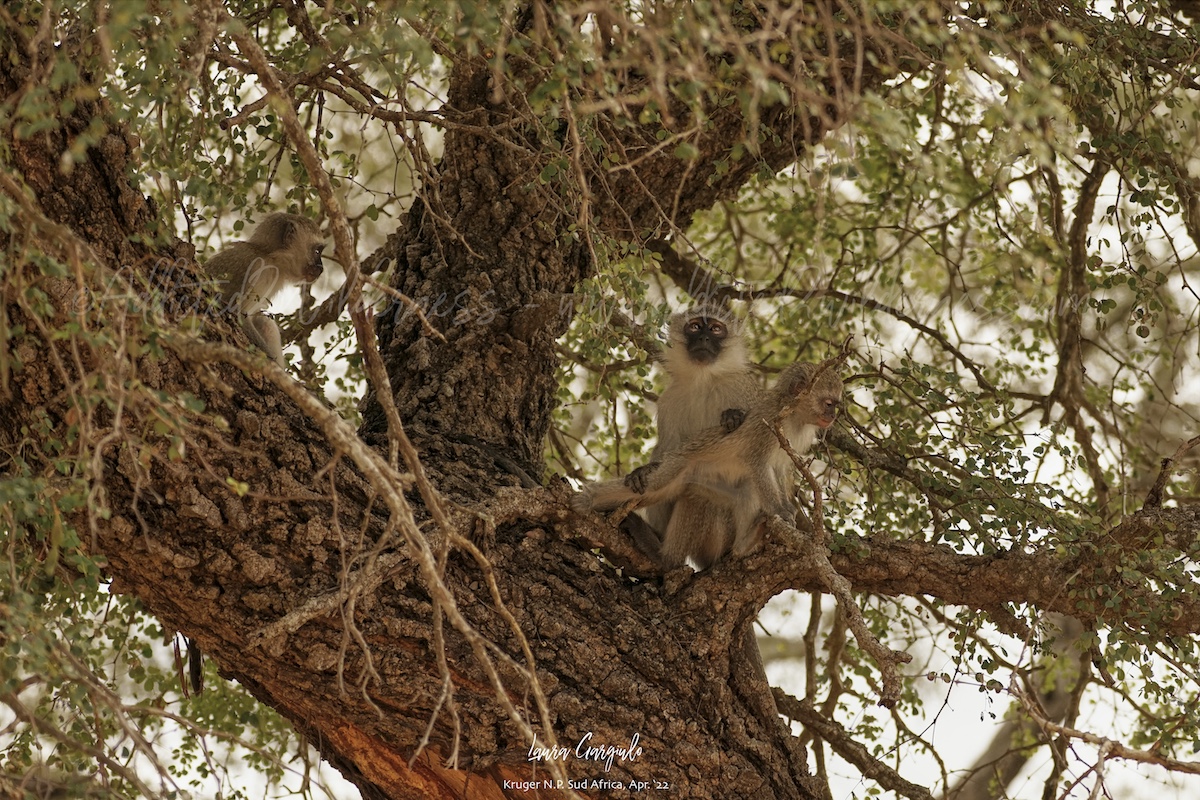
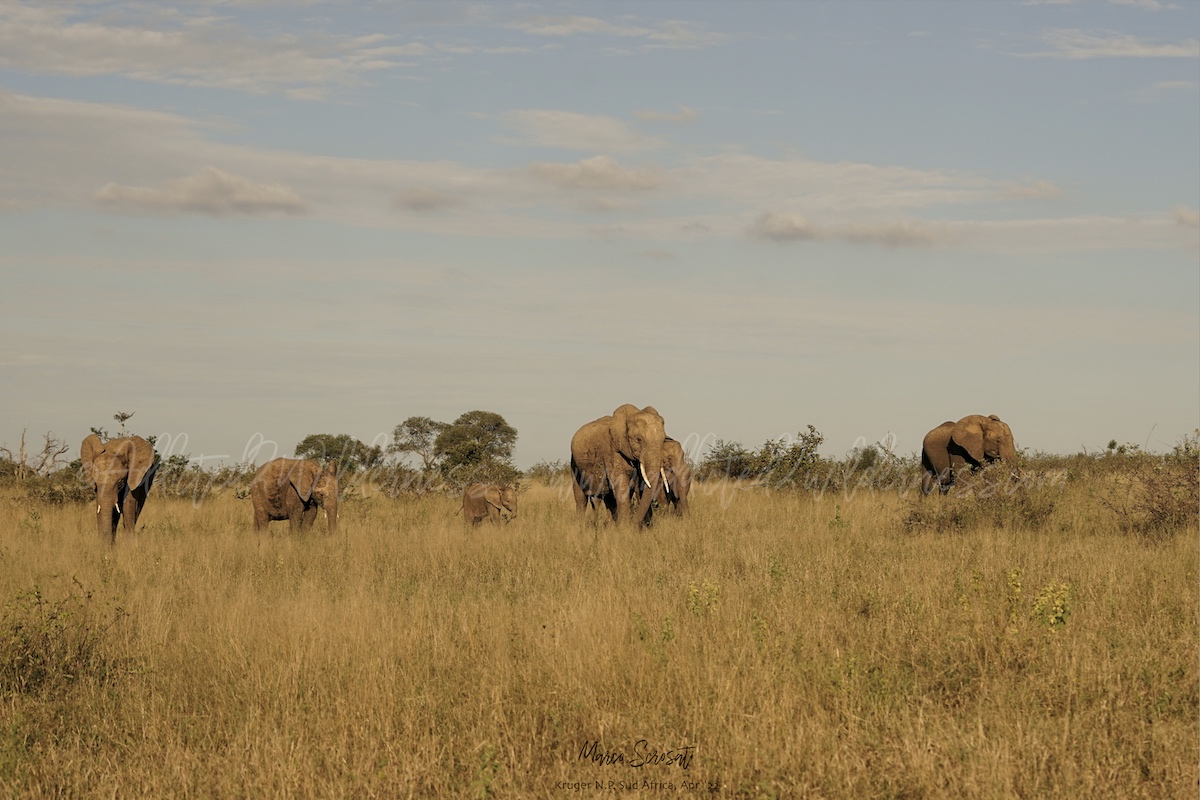
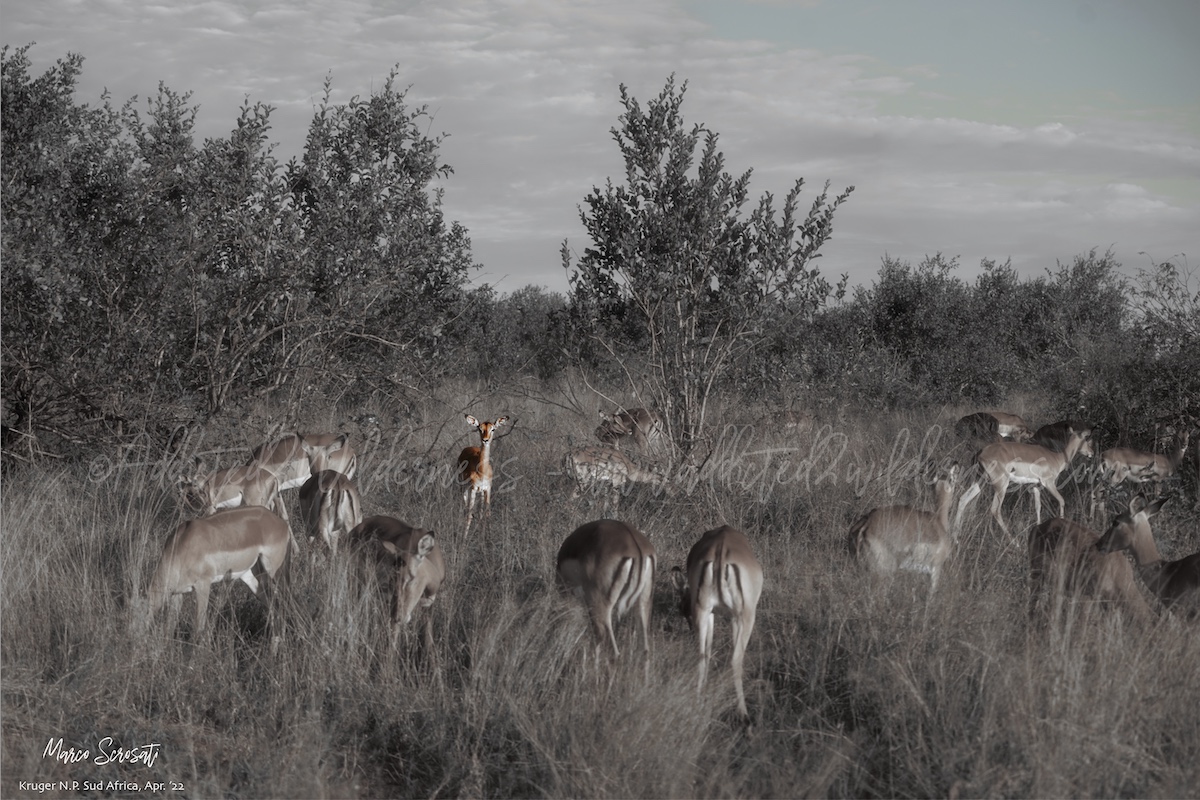
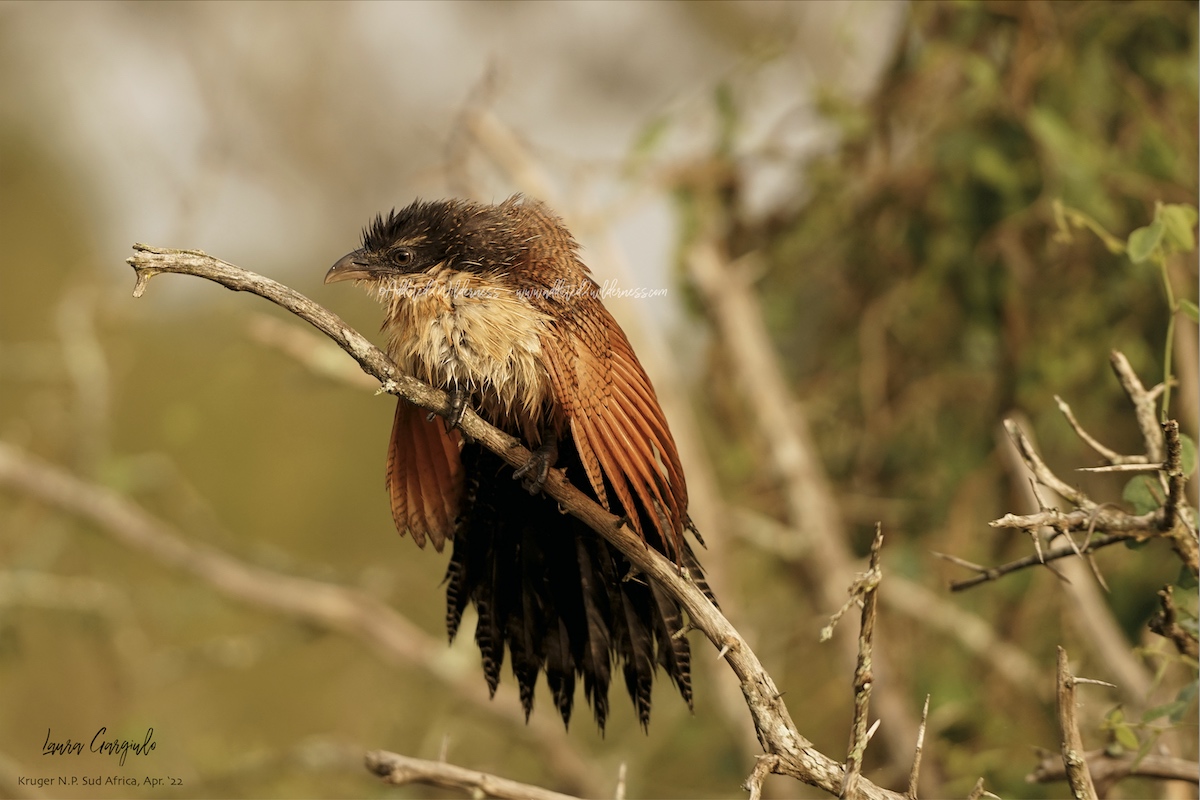
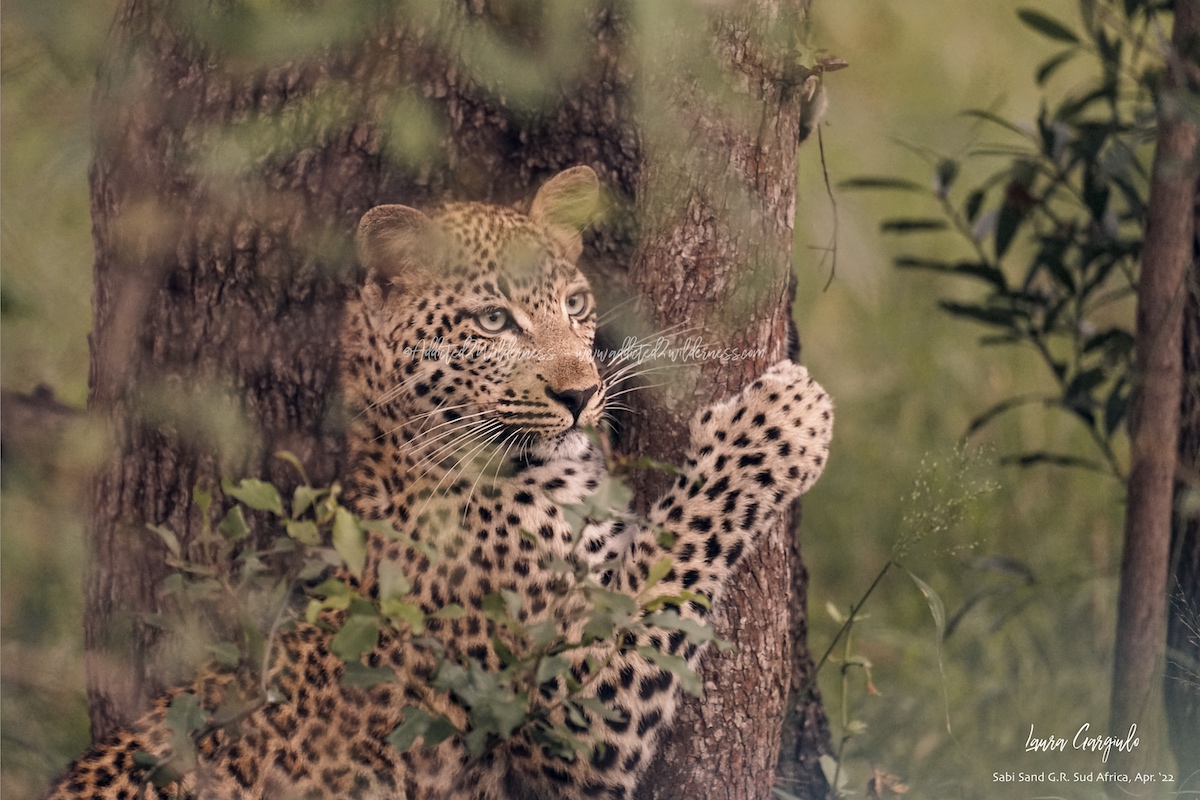
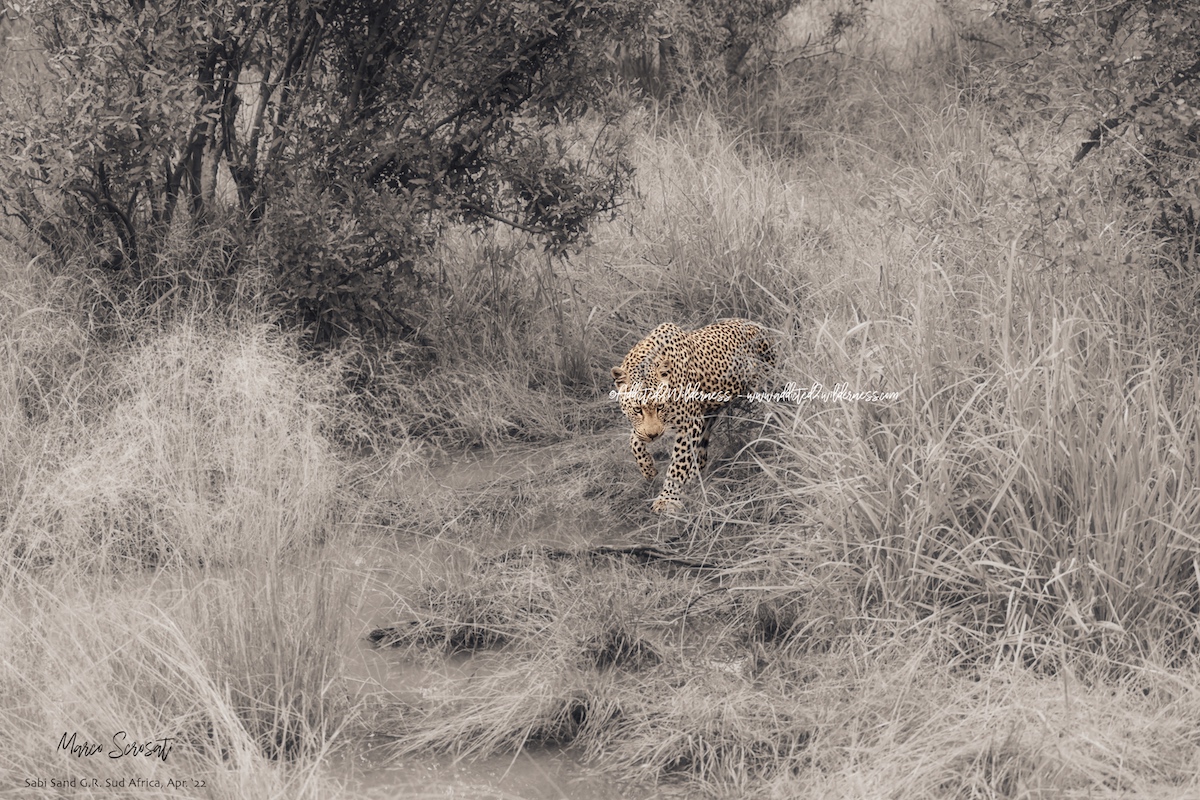

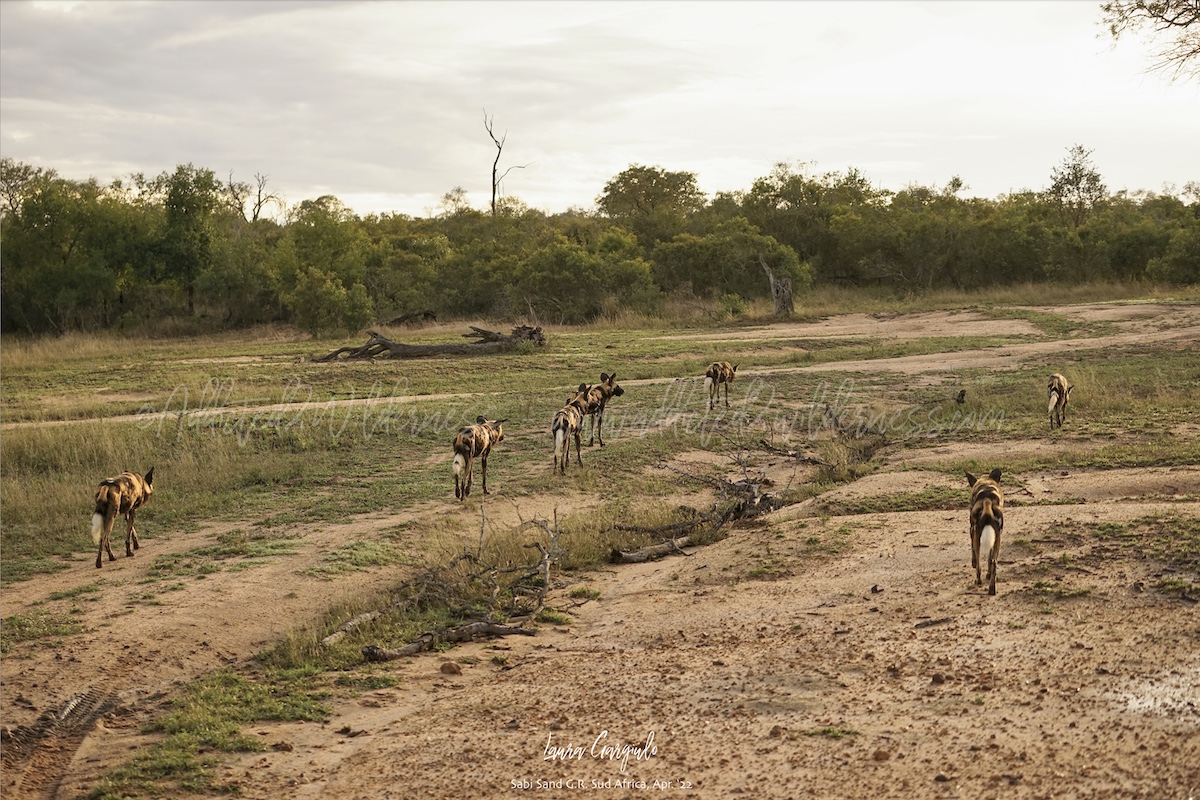
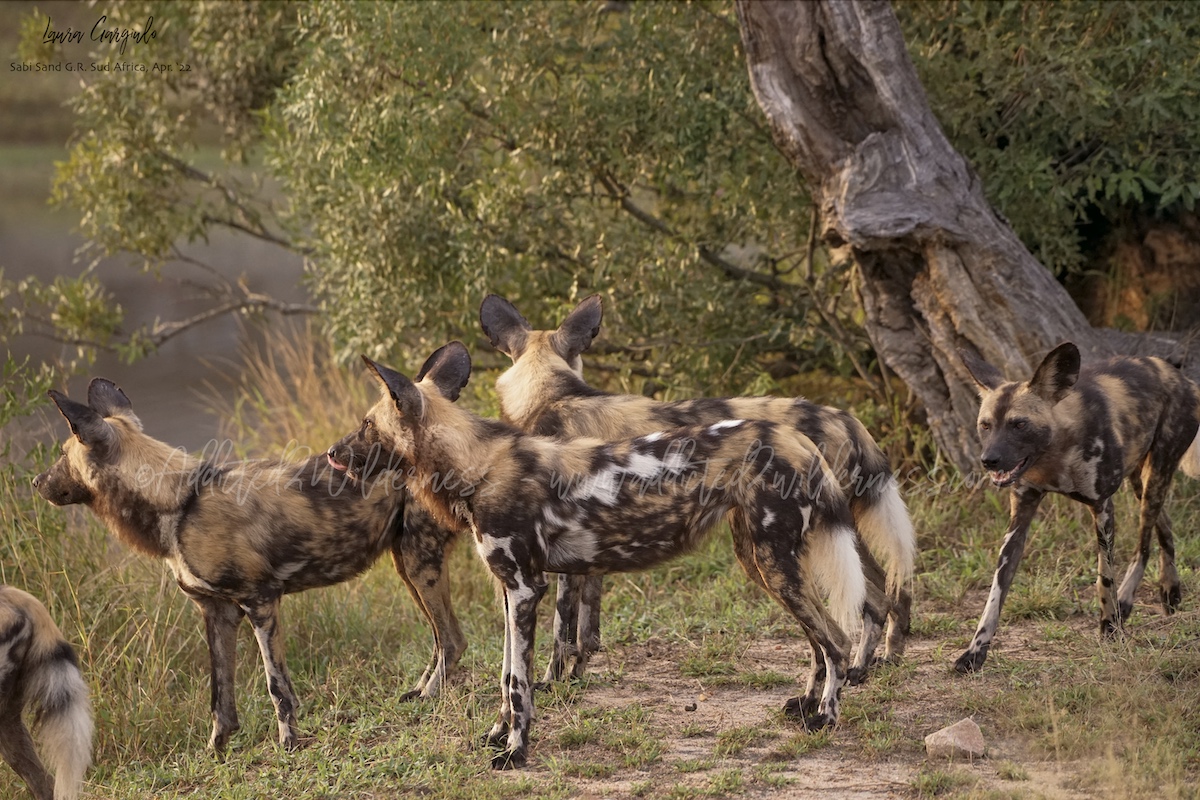
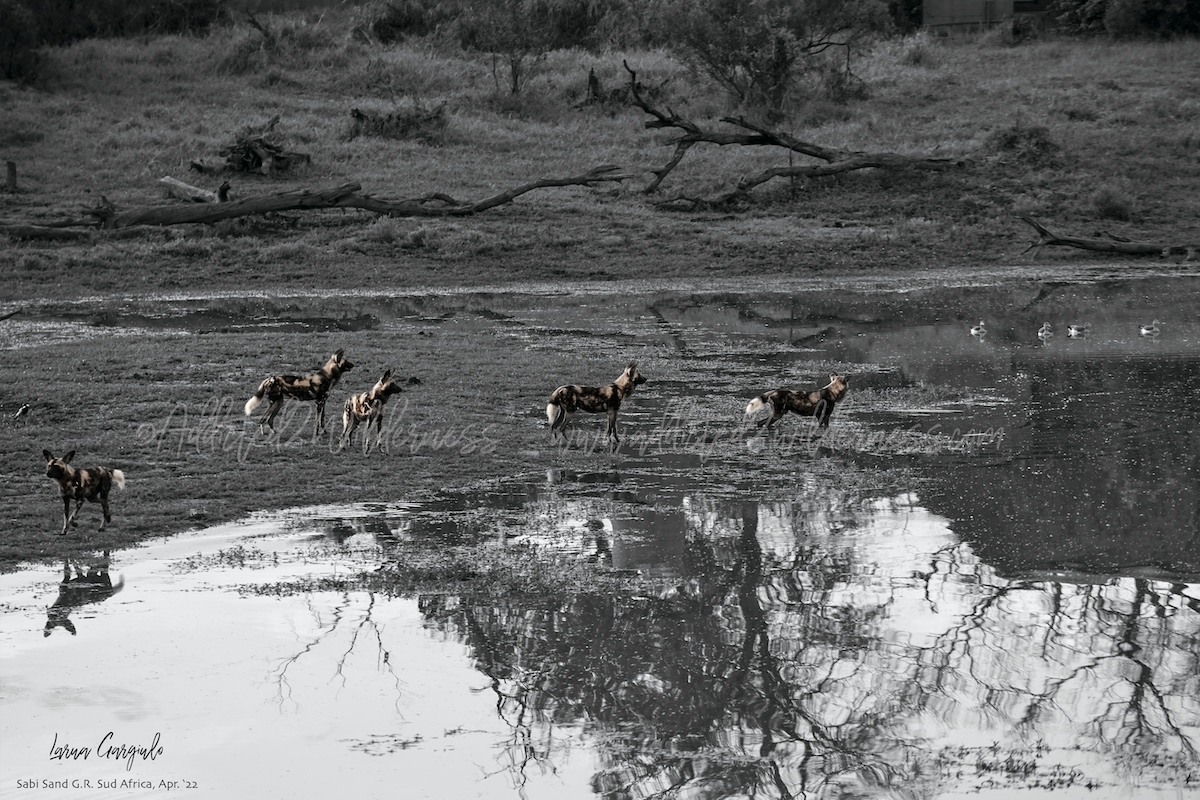


Comments
Too cool